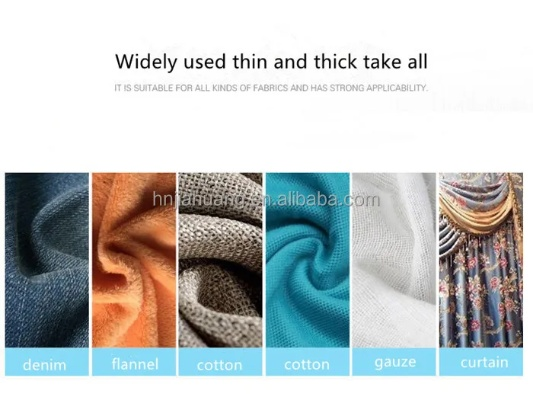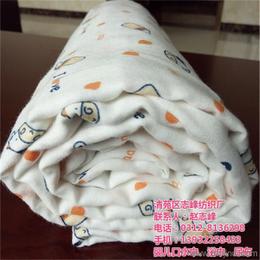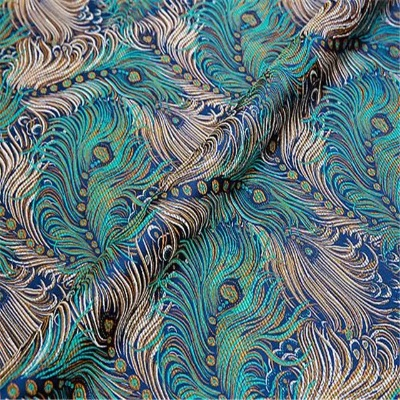Exploring the Global Fabric of Chinas Textile Trade Model
This study explores the global fabric of China's textile trade model, analyzing its characteristics and impact on the international market. The analysis focuses on the factors that contribute to China's textile trade model, including its production capacity, technological innovation, and policy support. The research also examines the challenges faced by China's textile industry in the global market, such as competition from developed countries and changing consumer preferences. The study concludes that China's textile trade model has had a significant impact on the global textile industry, but there is still room for improvement and innovation.
Introduction: China is often referred to as the "King of Textiles," and its textile trade model has become a cornerstone in the global economy. The country boasts one of the largest and most diverse textile industries in the world, with an array of products ranging from luxury fabrics to everyday wearables. This essay will explore the various components that make up China's textile trade model, including its manufacturing processes, supply chain strategies, and export patterns. We will also examine how it adapts to global markets, challenges faced, and potential opportunities for future growth.
Manufacturing Processes: The textile industry in China is characterized by its meticulous craftsmanship and high-tech equipment. From the initial stages of raw material sourcing to the final product assembly line, every step is designed to ensure quality, efficiency, and sustainability. For instance, China's textile manufacturers use advanced dyeing and printing techniques to create vibrant colors and intricate designs on fabrics. They also incorporate eco-friendly materials like organic cotton, bamboo, and recycled polyester into their production lines.
Supply Chain Strategies: The success of China's textile trade model is largely attributed to its robust supply chain network. The country's textile factories are connected via modern logistics systems, enabling quick delivery times and reduced costs. Moreover, China's textile companies have invested heavily in technology to streamline their operations, from automated weaving machines to intelligent inventory management systems. These technological advancements not only enhance productivity but also reduce waste and improve environmental performance.
Export Patterns: China's textile exports have grown significantly over recent years, contributing significantly to the country's foreign exchange earnings. The country's exports consist of a wide range of products, including apparel, footwear, home furnishings, and accessories. In addition to traditional markets like Europe and North America, China's textiles are increasingly popular in emerging markets such as Africa, Asia, and Latin America.

Adaptation to Global Markets: As China's textile industry continues to grow, it faces numerous challenges in adapting to global markets. One major challenge is the need to meet the ever-changing demands of international consumers for sustainable and ethically produced goods. Additionally, the rise of counterfeit goods and intellectual property issues can pose significant threats to Chinese manufacturers' reputations and profits. To overcome these challenges, Chinese textile companies are investing in research and development, improving their brand image, and adopting more transparent supply chains.
Potential Opportunities: Looking ahead, China's textile trade model holds tremendous potential for growth. As demand for sustainable and eco-friendly products increases worldwide, Chinese manufacturers are well-positioned to capitalize on this trend. Furthermore, the country's focus on innovation and technology will enable it to remain competitive in a rapidly changing global market. Finally, the expansion of China's trade relations with other countries could further boost its textile exports, providing new markets for Chinese textiles.
Conclusion: In conclusion, China's textile trade model is a testament to its commitment to innovation, sustainability, and globalization. Its manufacturing processes, supply chain strategies, and export patterns have enabled it to thrive in a complex and competitive global market. While facing challenges, such as meeting international standards for quality and ethics, China's textile industry remains resilient and capable of adapting to new opportunities. As it continues to evolve, China's textile trade model promises to play a crucial role in shaping the global textile industry for years to come.
近年来,中国纺织品贸易在全球市场上占据重要地位,其独特的贸易模式为全球纺织品行业带来了新的活力,本篇文章将通过图片展示中国纺织品贸易模式,并结合案例分析进行详细说明。
中国纺织品贸易模式图片分析
以下为中国纺织品贸易模式的图片分析:
【图片展示】:
- 纺织品原材料采购:从农田到工厂,从工厂到市场,原材料采购环节是纺织品贸易的基础。
- 出口贸易:纺织品出口涉及多个国家和地区,涉及各种贸易方式,如直接出口、跨境电商等。
- 贸易平台与渠道:通过线上平台、线下展会等方式进行贸易活动,同时利用行业协会、商会等组织进行信息交流和合作。
【表格补充说明】:

中国纺织品贸易模式概述
| 环节 | 描述 | 示例图片 |
|---|---|---|
| 原材料采购 | 从国内外采购原材料,确保产品质量和供应稳定性 | 原材料采购环节展示原材料从农田到工厂的流程图 |
| 出口贸易 | 出口纺织品至全球各地,涉及多种贸易方式 | 出口贸易活动展示多种贸易方式的图片 |
| 贸易平台与渠道 | 利用线上平台、线下展会等多元化渠道进行贸易活动 | 贸易平台与渠道展示图片示例 |
中国纺织品贸易案例分析
以下为具体的中国纺织品贸易案例分析:
【案例一】:某纺织品出口企业案例
该企业主要从国内外采购优质原材料,通过线上平台和线下展会等多种渠道进行贸易活动,在原材料采购环节,该企业注重与供应商的长期合作,确保原材料的质量和供应稳定性,在出口贸易方面,该企业通过多种贸易方式将纺织品销售至全球各地,如直接出口、跨境电商等,该企业在国际贸易中具有较强的市场竞争力,能够适应不同国家和地区的市场需求。
【案例二】:某地区纺织品展会案例
某地区定期举办纺织品展会,吸引国内外众多参展商和买家前来交流合作,通过线上平台和线下展会等多种渠道进行宣传推广,该地区纺织品展会已经成为当地重要的贸易平台之一,在展会期间,参展商可以展示自己的产品,吸引买家前来洽谈合作,同时也可以通过展会了解国际市场动态和趋势,该地区还利用行业协会、商会等组织进行信息交流和合作,促进贸易活动的顺利进行。
中国纺织品贸易模式具有多元化、全球化等特点,其贸易模式不仅体现了中国在全球纺织品行业中的地位和影响力,也反映了中国在全球经济中的地位和作用,在未来的发展中,中国将继续加强与世界各国的合作与交流,推动纺织品贸易的持续发展,中国也将继续优化自身的贸易模式,提高自身的市场竞争力,为全球纺织品行业的发展做出更大的贡献。
Articles related to the knowledge points of this article:
The Fabric of Innovation in Sichuans Textile Industry
Guide to Completing the Wenzhou Textile Product CE Certification Process



